Regional Patterns

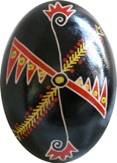
Bukovyna: “Scythe”
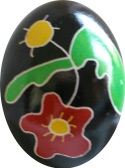
Chernihiv: “Sunflower”
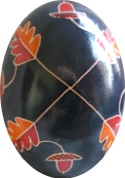
Halychyna: “Oak Leaves
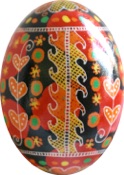
Hutzul: “Hearts”
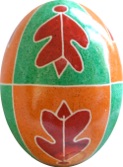
Kharkiv: “Kalyna (Viburnum) Leaves”
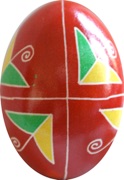
Kherson: “Butterflies”
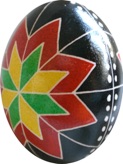
Kholm: “Lateral Rose”
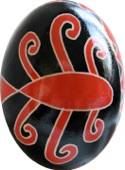
Kuban: “Old Woman”
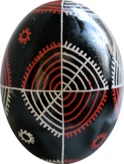
Kurshchyna: “Spider”
(near Kursk)

Odesa: “Black Sea”
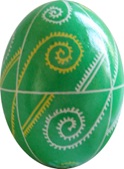
Pidlyasha: “Curly-Headed Ladies”
(Transcarpathia)
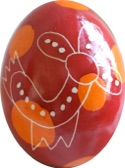
Podilya (1): “Drake (male duck)”
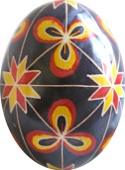
Podilya (2): “Eight Pointed Star”

Pokuttya: “Arrowheads”
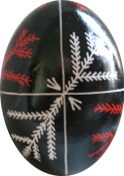
Polissya: Two simple patterns:
“Pine Branches”
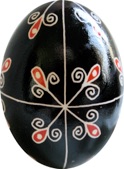
“Trefoils”
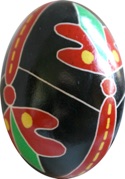
Poltava (1): “Tulips”
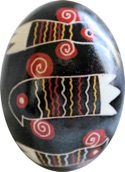
Poltava (2): “Crows”
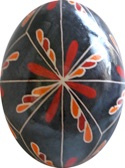
Volyn: “Willow”
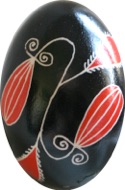
Odesa*: “Plums”
__________
* labelled incorrectly as Zaporizhya
Back to MAIN Traditional Pysanka home page.
Back to MAIN Pysanka home page.
Back to Pysanka Index.

Ethnographic Map of Ukraine from Ukrainian Arts, (Edited by A. Mitz; published by the Ukrainian Youth
League of North America, Inc., New York, 1955; pg. 17).
Below are step-by-step patterns for making pysanky of traditional designs from the various regions of Ukraine. I originally created them for teaching pysanka classes in Ukraine, but have used them here in the States as well, to give my students some idea of what sorts of pysanky their ancestors used to make. Although the patterns are ancient, their simplicity bespeaks a timelessness which makes them look quite modern.
The tradition of pysankarstvo had been handed down, in Ukraine, since time immemorial, from generation to generation. Sadly, their creation was banned in Soviet times, and much of this folk knowledge was lost; this was especially true in the east, which was under Soviet hegemony much longer than western Ukraine. Pysanky were considered a purely religious art form by the Soviets, and were strictly forbidden. Many thousands of pysanky in museums and private collections were destroyed, and there was virtually no scholarship done on the subject until recent times.
The patterns below are based on exemplars found in Odarka Onyshchuk’s book “Symbolism of the Ukrainian Pysanka,” and are available in pdf format. The versions below are the English language ones. If you would like Ukrainian ones, let me know (e-mail via link below).
Please note that I made a few minor errors when writing the pysanky in the photos below, so your result may be a bit different than the pictured pysanka....if you follow the instructions. And there are a few minor errors in the patterns. Well, they are free.
Updated versions of these patterns, along with descriptions and instructions, can be found here.
Vira Manko’s ethnographic map can give you some idea of the where the various regions of Ukraine are located, as can this old map (above) from “Ukrainian Arts.” The patterns below are listed by their region of origin.


